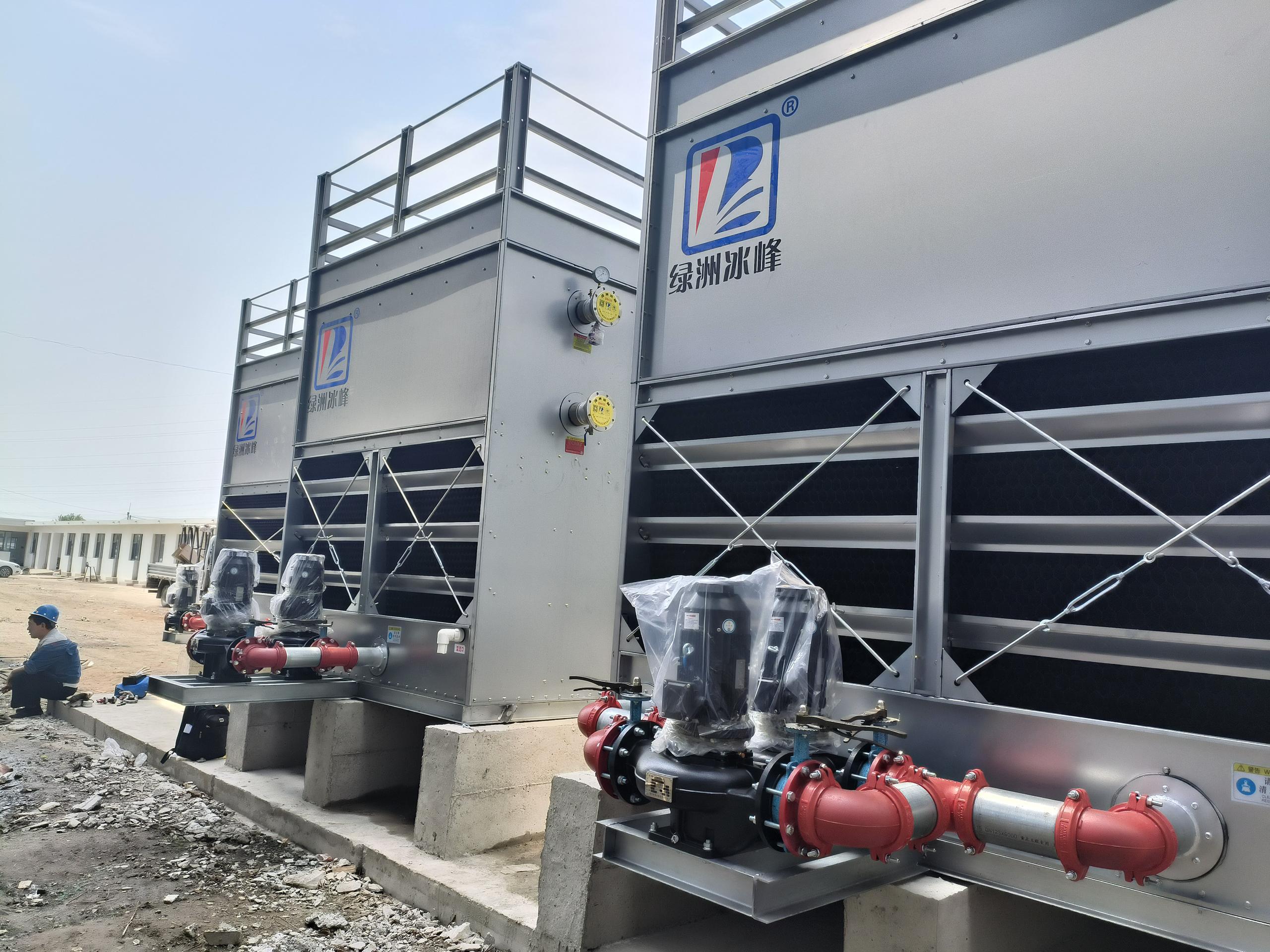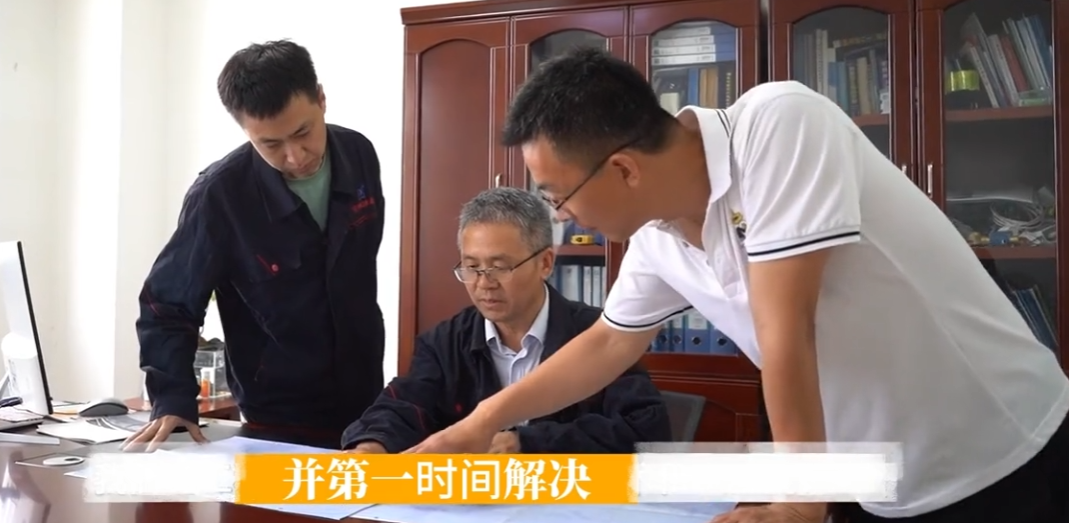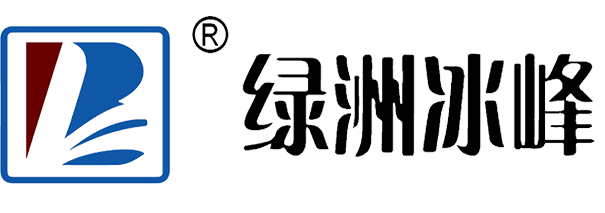26
2025
-
04
How much can a closed-circuit cooling tower reduce temperature?
The cooling capacity of a closed-circuit cooling tower is not a fixed value, but a dynamic result determined by the wet-bulb temperature, equipment design, and operating conditions. In practical applications, scientific testing and continuous optimization are needed to balance energy efficiency and economy. In the future, intelligent control and flexible design will further enhance its adaptability in complex environments.
The cooling capacity of a closed-circuit cooling tower is affected by many factors. Its theoretical minimum temperature is closely related to the wet-bulb temperature of the location, while the actual cooling range needs to be comprehensively evaluated in combination with specific design parameters and operating conditions. Key analysis points are as follows:
I. Theoretical Cooling Limit: Wet-bulb temperature + 3℃
The cooling limit of a closed-circuit cooling tower mainly depends on the ambient wet-bulb temperature (the temperature at which water evaporation reaches equilibrium under natural conditions). The theoretical minimum temperature is usually the wet-bulb temperature + 3℃. For example:
If the wet-bulb temperature of a certain location is 23.6℃, the actual minimum outlet water temperature of the closed-circuit cooling tower is approximately 26.6~27℃.
Wet-bulb temperature measurement method: Wrap the temperature-sensing part of the thermometer with a wet gauze, keep the gauze moist and ventilated, and read the temperature after it stabilizes. 
II. Actual Cooling Range
Depending on the application scenario, the cooling range of a closed-circuit cooling tower is usually between 5~25℃, specifically:
High-temperature medium: If the inlet water temperature is 75℃, it can be reduced to 30℃, with a temperature difference of 45℃;
Low-temperature medium: If the inlet water temperature is 40℃, it can also be reduced to 30℃, with a temperature difference of 10℃.
The actual cooling effect needs to be adjusted in combination with the following factors:
Heat load and flow rate: When the heat load is high or the flow rate is insufficient, the cooling range may be limited.
Environmental conditions: When the dry-bulb and wet-bulb temperature difference is large (such as on a sunny day), the evaporative heat dissipation efficiency is higher, and the cooling effect is more significant.
Equipment design and maintenance: Optimized coil structure, high-efficiency fans, and regular cleaning can improve heat exchange efficiency. 
III. Key Influencing Factors
Wet-bulb temperature: The core parameter that determines the theoretical cooling limit, and geographical location and seasonal changes directly affect its value.
Equipment selection and design:
Tower type selection: Counterflow has high heat exchange efficiency but high noise, while crossflow is easy to maintain and has a small footprint.
Materials and structure: Copper tube surface area, fan energy consumption (0.06~0.08 kW/CRT), and modular design affect performance.
Operation management:
Water treatment: Preventing scale can maintain efficient heat exchange.
Flow control: The flow rate should be ≥80% of the design value to avoid low flow rate causing local freezing or reduced efficiency. 
IV. Testing and Verification Methods
Comparison of actual operating data: The performance is judged by monitoring the deviation between the outlet temperature (T1) and the design value (T0). If T1≤T0, it meets the standard.
Characteristic curve evaluation: When the ratio of actual cooling water volume to design water volume is ≥95%, it is considered efficient.
Laboratory simulation: Collect data using high-precision sensors in a constant temperature and humidity environment, and optimize the design using CFD analysis.

V. Selection and Application Suggestions
Selection based on wet-bulb temperature: It is necessary to measure the local wet-bulb temperature in advance to ensure that the equipment design temperature is close to “wet-bulb temperature + 3℃”.
Consider environmental adaptability: In high-temperature and high-humidity areas, it is necessary to increase the heat exchange area or use variable frequency fans to adjust the air volume.
Choose a reliable manufacturer: Prioritize manufacturers with rich experience and patented technologies, such as Oasis Ice Peak Fluid Equipment Co., Ltd. 
Summary
The cooling capacity of a closed-circuit cooling tower is not a fixed value, but a dynamic result determined by the wet-bulb temperature, equipment design, and operating conditions. In practical applications, scientific testing and continuous optimization are needed to balance energy efficiency and economy. In the future, intelligent control and flexible design will further improve its adaptability in complex environments.
Closed-circuit cooling tower,Cooling tower,Evaporative cooling,Closed-circuit cooling tower manufacturer,Closed-circuit cooling tower,Closed-circuit cooling tower,Wet and dry cooling tower,Closed-circuit cooling tower,Counterflow closed cooling tower,Closed-circuit cooling tower with compound flow,Crossflow closed cooling tower



